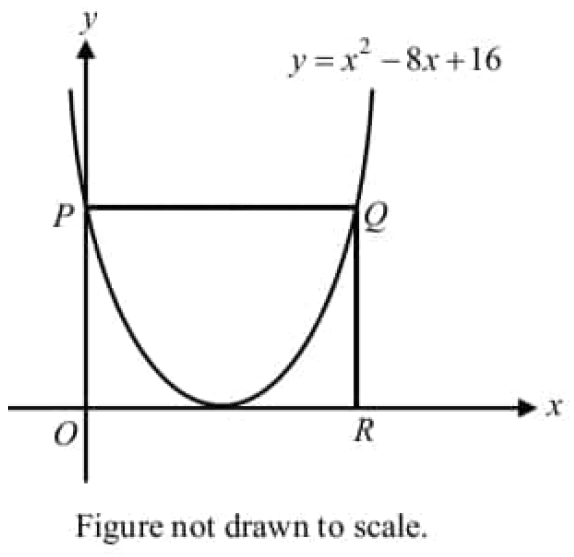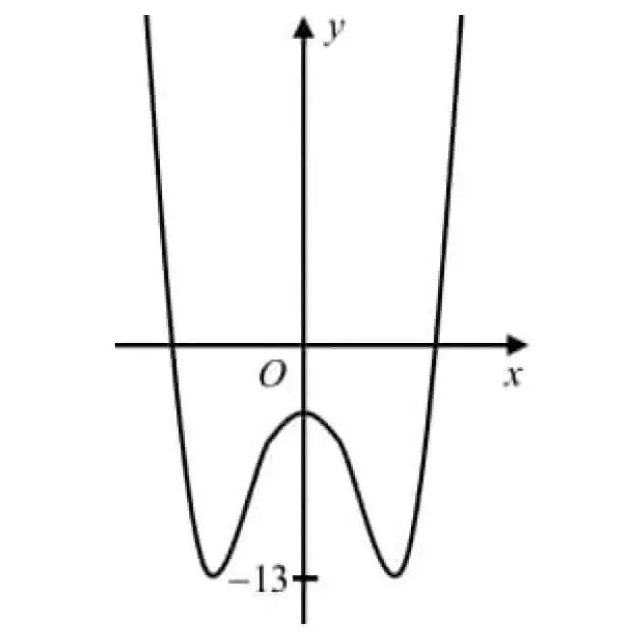BINOMIAL SURD
An expression which contains addition or subtraction of two or more surds is called compound surd.
For example,
√2 + √5, √7 - √11 + √3, √7 - √11 + √3
Binomial Surd :
A compound surd which contains exactly two surds is called a binomial surd.
√2 + √3
Conjugate Surds
Two binomial surds which are differ only in signs (+/–) between them are called conjugate surds.
For example,
√7 + √3 and √7 - √3 are conjugate to each other
3 + √2 and 3 - √2 are conjugate to each other
In a fraction, if the denominator is a binomial surd, then we can use its conjugate to rationalize the denominator.
Rationalizing the Denominator
In each case, rationalize the denominator :
Example 1 :
1/(5 + √3)
Solution :
The denominator is 5 + √3 and its conjugate is 5 - √3.
To rationalize the denominator of the given fraction, multiply both numerator and denominator by 5 - √3.
1/(5 + √3) = [1(5 - √3)]/[(5 + √3)(5 - √3)]
Using algebraic identity a2 - b2 = (a + b)(a - b),
= (5 - √3)/[(52 - (√3)2]
= (5 - √3)/(25 - 3)
= (5 - √3)/22
Example 2 :
1/(8 - 2√5)
Solution :
The denominator is 8 - 2√5 and its conjugate is 8 + 2√5.
To rationalize the denominator of the given fraction, multiply both numerator and denominator by 8 + 2√5.
1/(8 - 2√5) = [1(8 + 2√5)]/[(8 - 2√5)(8 + 2√5)]
Using algebraic identity a2 - b2 = (a + b)(a - b),
= (8 + 2√5)/[(82 - (2√5)2]
= (8 + 2√5)/(64 - 20)
= (8 + 2√5)/44
= [2(4 + √5)]/44
= (4 + √5)/22
Example 3 :
1/(√3 + √5)
Solution :
The denominator is √3 + √5 and its conjugate is √3 - √5.
To rationalize the denominator of the given fraction, multiply both numerator and denominator by √3 - √5.
1/(√3 + √5) = [1(√3 - √5)]/[(√3 + √5)(√3 - √5)]
Using algebraic identity a2 - b2 = (a + b)(a - b),
= (√3 - √5)/[(√3)2 - (√5)2]
= (√3 - √5)/(3 - 5)
= (√3 - √5)/(-2)
= -(√3 - √5)/2
= (√5 - √)/2
Kindly mail your feedback to v4formath@gmail.com
We always appreciate your feedback.
©All rights reserved. onlinemath4all.com
Recent Articles
-
Permutation Problems with Solutions
May 08, 25 12:28 PM
Permutation Problems with Solutions -
Digital SAT Math Problems and Solutions (Part - 159)
May 08, 25 01:39 AM
Digital SAT Math Problems and Solutions (Part - 159) -
Digital SAT Math Problems and Solutions (Part - 158)
May 06, 25 11:00 AM
Digital SAT Math Problems and Solutions (Part - 158)

